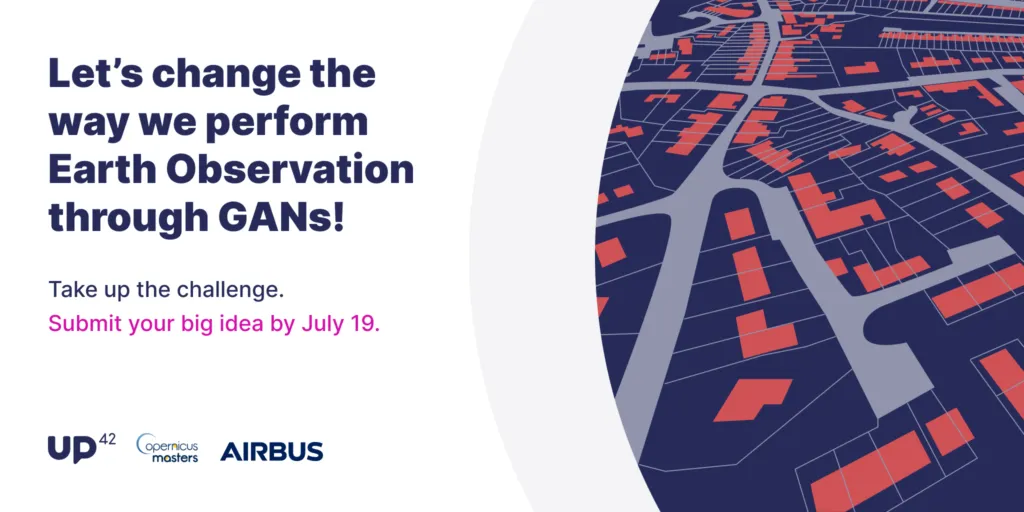
Win Free Satellite Imagery with UP42’s Copernicus Masters Challenge
The field of Earth observation and applications for EO data are expanding rapidly. However, developers and data scientists who possess the next big idea for using EO data often face a major roadblock: limited funds and resources. Luckily, the 2021 Copernicus Masters Challenges are here to support tech-savvy innovators as they bring their ideas to life. Copernicus Masters is a set of global challenges asking participants to use EO data to improve and preserve daily life. Through the challenges, participants compete for prizes to back their work such as free data and cash winnings.
UP42, a global provider of geospatial data through its platform and marketplace, is offering a Copernicus Masters challenge as one of the program’s partners. The company is calling on researchers, companies, and students to develop an image augmentation algorithm to address common issues hindering EO analytics.
To qualify, these algorithms must use generative adversarial networks (GANs)—an innovative deep learning approach that is becoming an industry standard for its ability to produce higher-resolution imagery from low-resolution data input.
Participants will focus their algorithm on solving one of three issues:
- Unsupervised change detection—GANs can be used to generate better coregistered images via synthetic image generation.
- Clouds and shadows in optical satellite imagery—these obstacles affect almost all land, water, and atmosphere applications.
- Super-resolution satellite imagery—increasing the resolution can widen the range of objects detected from a given data set.
To develop an algorithm, participants will have access to very-high-resolution imagery from UP42’s content partner Airbus and data from all Sentinel missions via the sobloo platform.
UP42 chose to offer this challenge because it ties in with the company’s core mission of democratizing access to Earth insights. By offering access to data and the tools to innovate with Earth observation, the company hopes to inspire more change-makers to think beyond what’s currently being done in the industry to solve real-world challenges like climate change and food insecurity.
Winner Takes All for UP42 Copernicus Masters Challenge
To determine the challenge winner, projects will be judged on four criteria: scientific value, product and business value, quality of implementation, and ecological impact.
The winner of the UP42 challenge will receive three rewards to support their work:
- OneAtlas Prize: a voucher to access commercial satellite data from Airbus
- UP42 Prize: a voucher to access geospatial data and algorithms from the UP42 marketplace
- Satellite Data: up to EUR 10,000 worth of commercial datasets from the Copernicus Contributing Missions
Copernicus Masters will also have an overall winner who will take home a EUR 10,000 prize—a solid investment for turning their project into a full-fledged business.
To compete for these prizes, be sure to register, choose the UP42 partner challenge, and enter your project details into the secure database by 19 July 2021. Submissions will be evaluated by October, and challenge finalists will be notified by November. In December, an awards ceremony will recognize the Copernicus Masters winner.
Did you like the article? Read more and subscribe to our monthly newsletter!


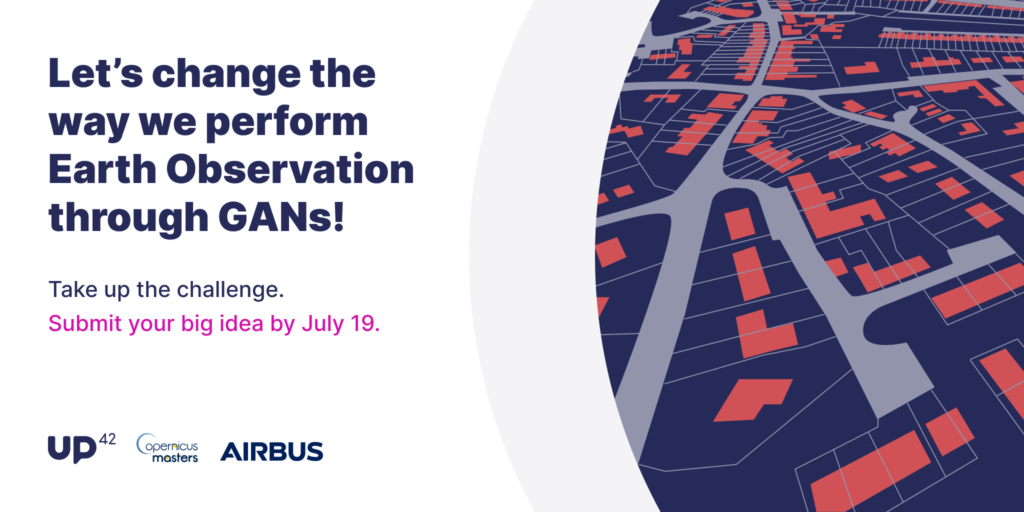



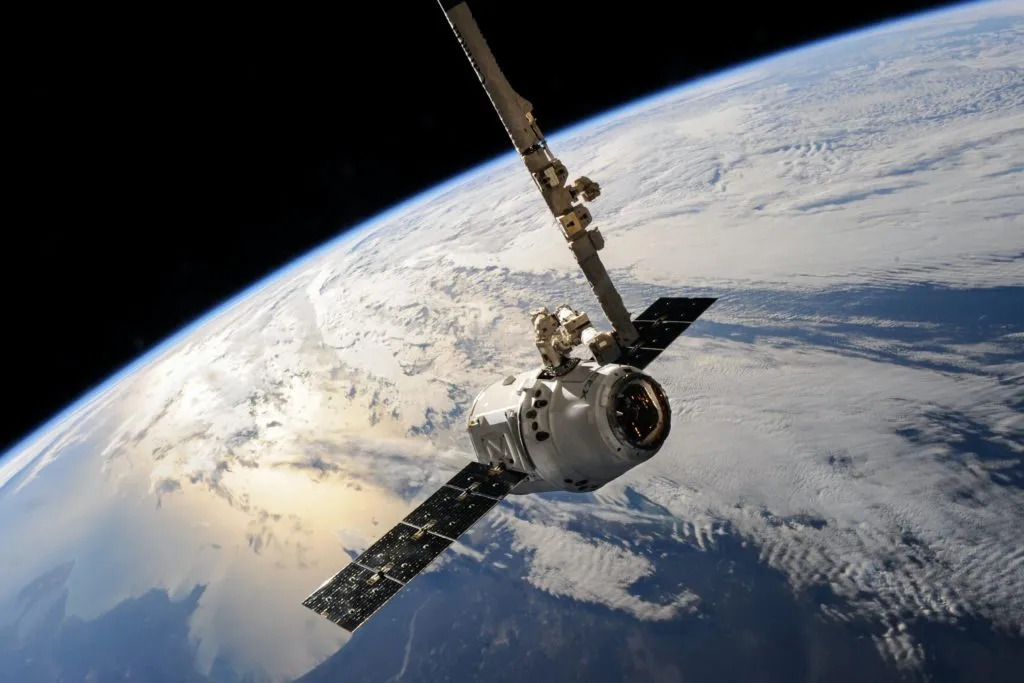
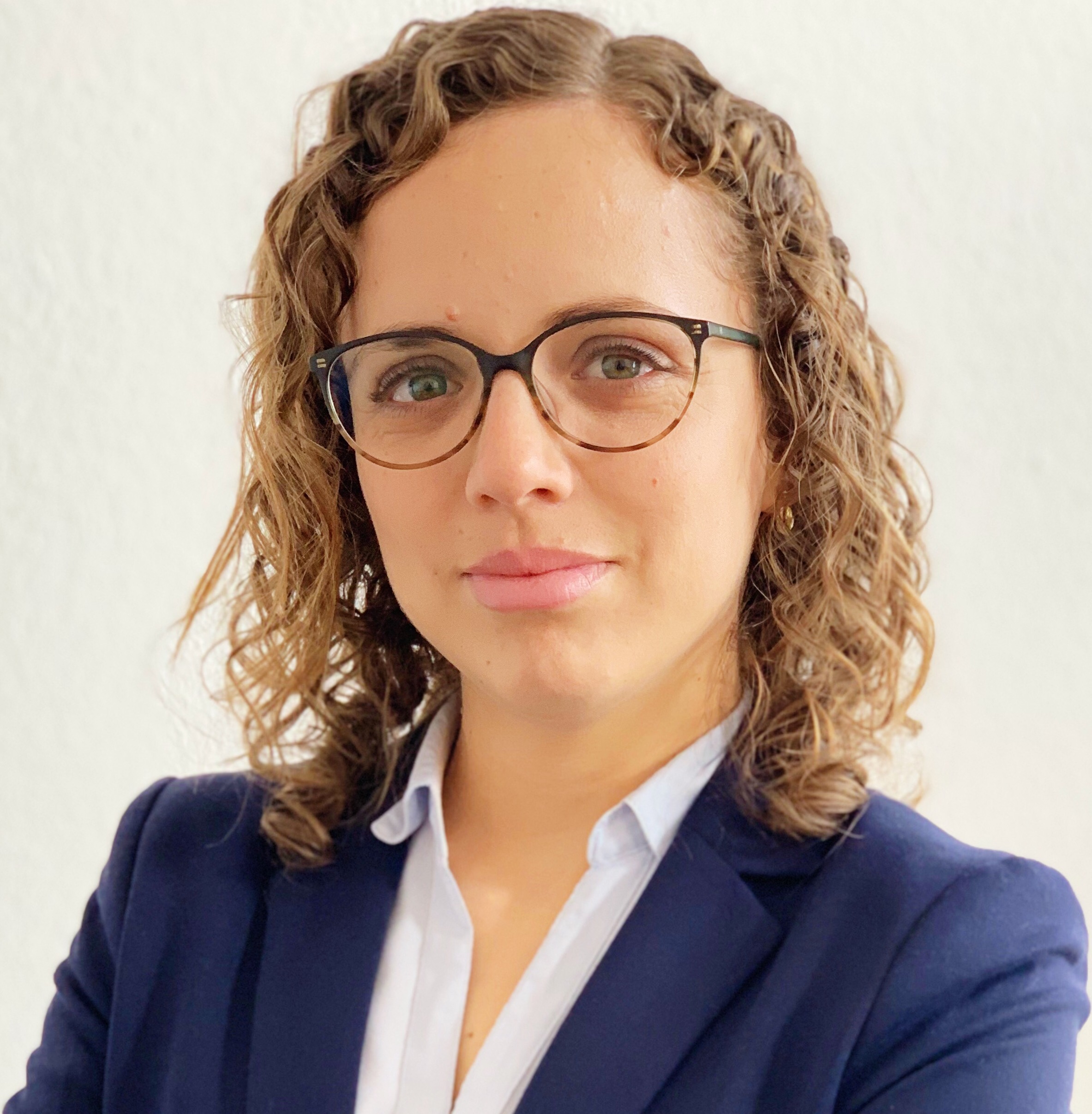
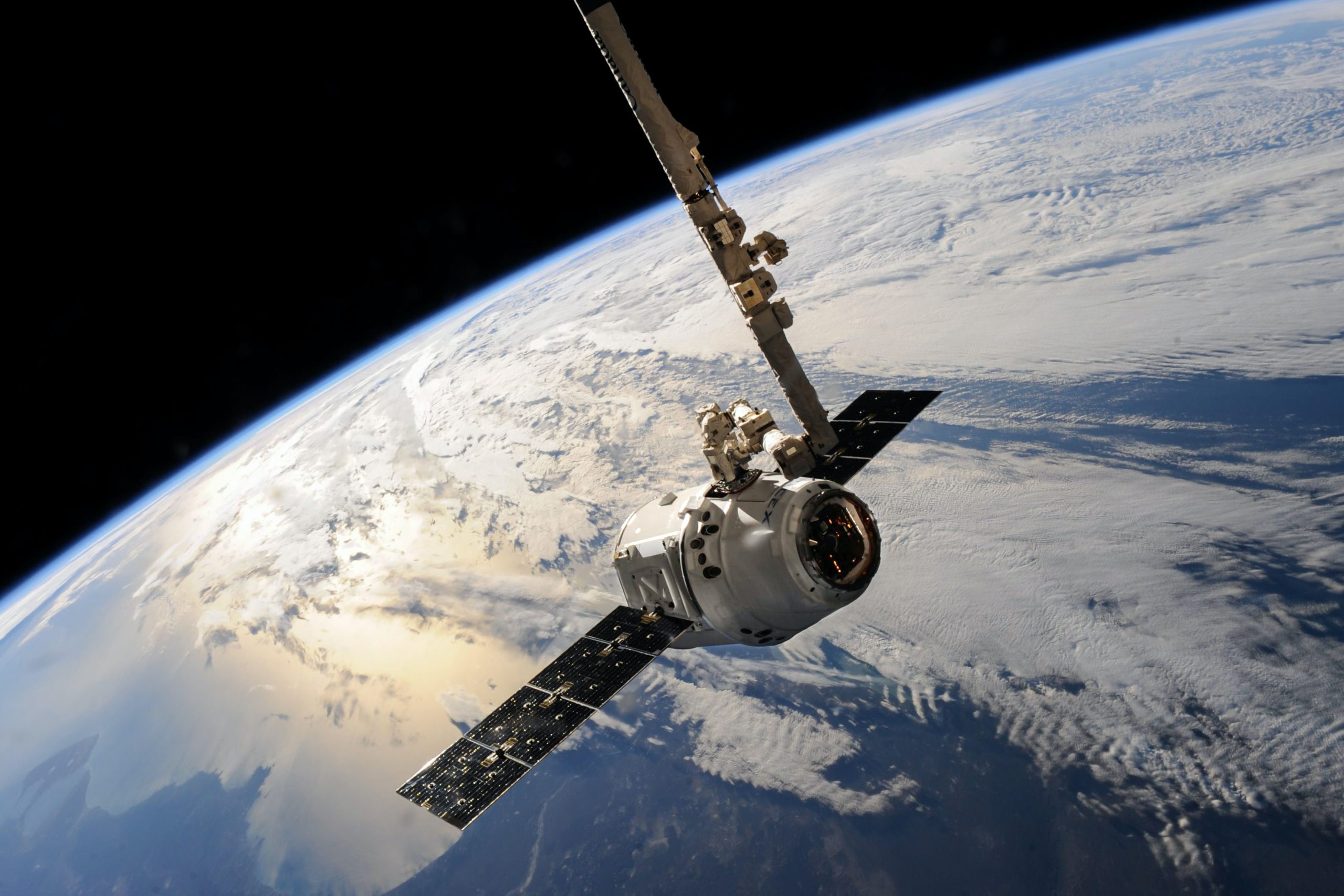 The Earth Observation community is growing and people are starting to find each other on online social platforms. That is why, in March 2021, Steven Ramage, Keiko Nomura and Flávia Mendes opened a room at ClubHouse platform in the Earth Observation club to discuss EO for good from the private sector perspective. The result was very interesting and it led to more topics that the community would like to discuss. Therefore, we had the idea to continue it, but this time on Spaces/Twitter APP. In this second meeting, we discussed supply chain in the context of Earth Observation. This meeting’s expert guests were Arjen Vrielink (Satelligence), Bernardo Rudorff (Agrosatélite) and Sarah Middlemiss (Ecometrica) and shared their experiences and views on the subject.
The Earth Observation community is growing and people are starting to find each other on online social platforms. That is why, in March 2021, Steven Ramage, Keiko Nomura and Flávia Mendes opened a room at ClubHouse platform in the Earth Observation club to discuss EO for good from the private sector perspective. The result was very interesting and it led to more topics that the community would like to discuss. Therefore, we had the idea to continue it, but this time on Spaces/Twitter APP. In this second meeting, we discussed supply chain in the context of Earth Observation. This meeting’s expert guests were Arjen Vrielink (Satelligence), Bernardo Rudorff (Agrosatélite) and Sarah Middlemiss (Ecometrica) and shared their experiences and views on the subject.